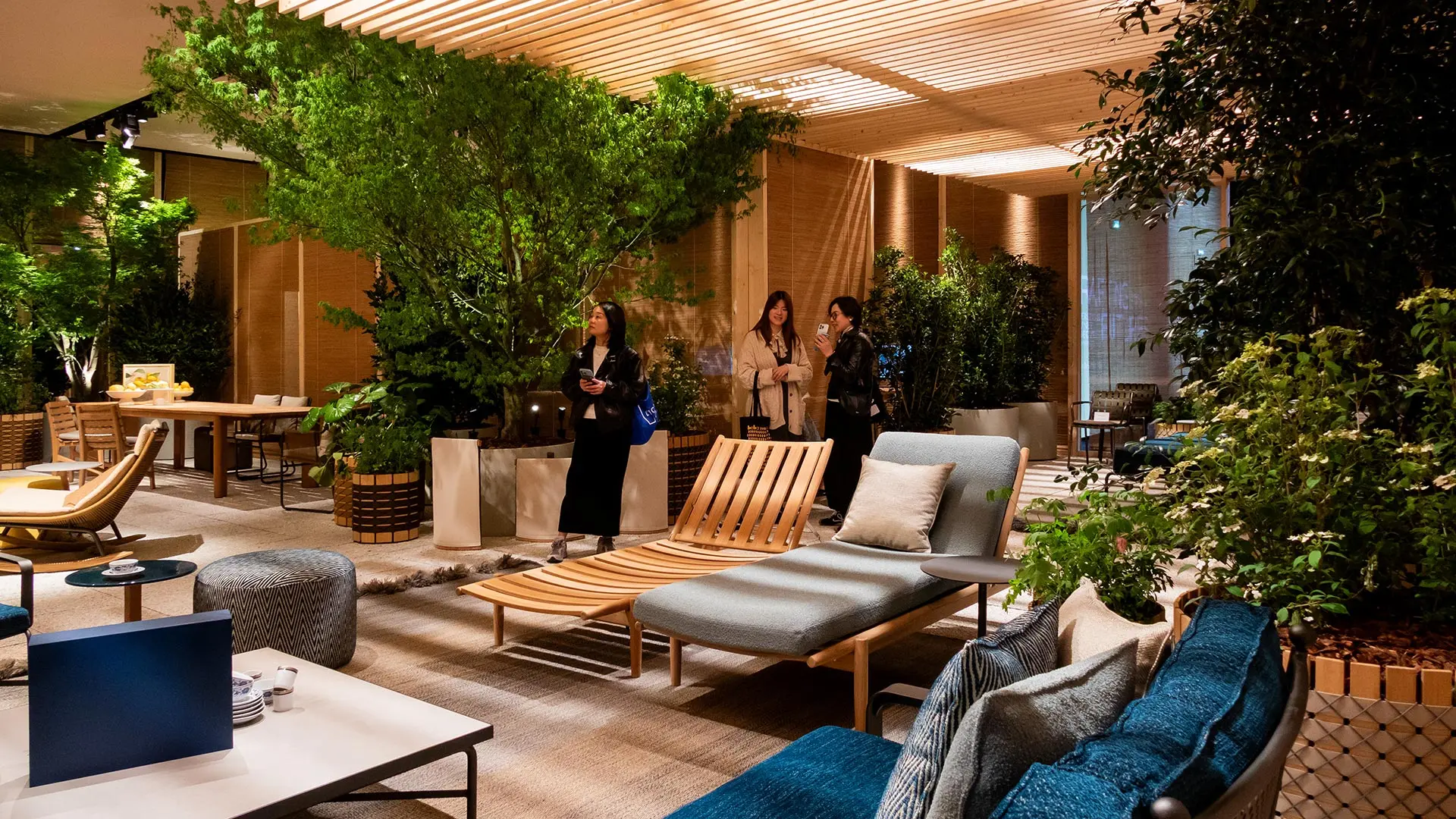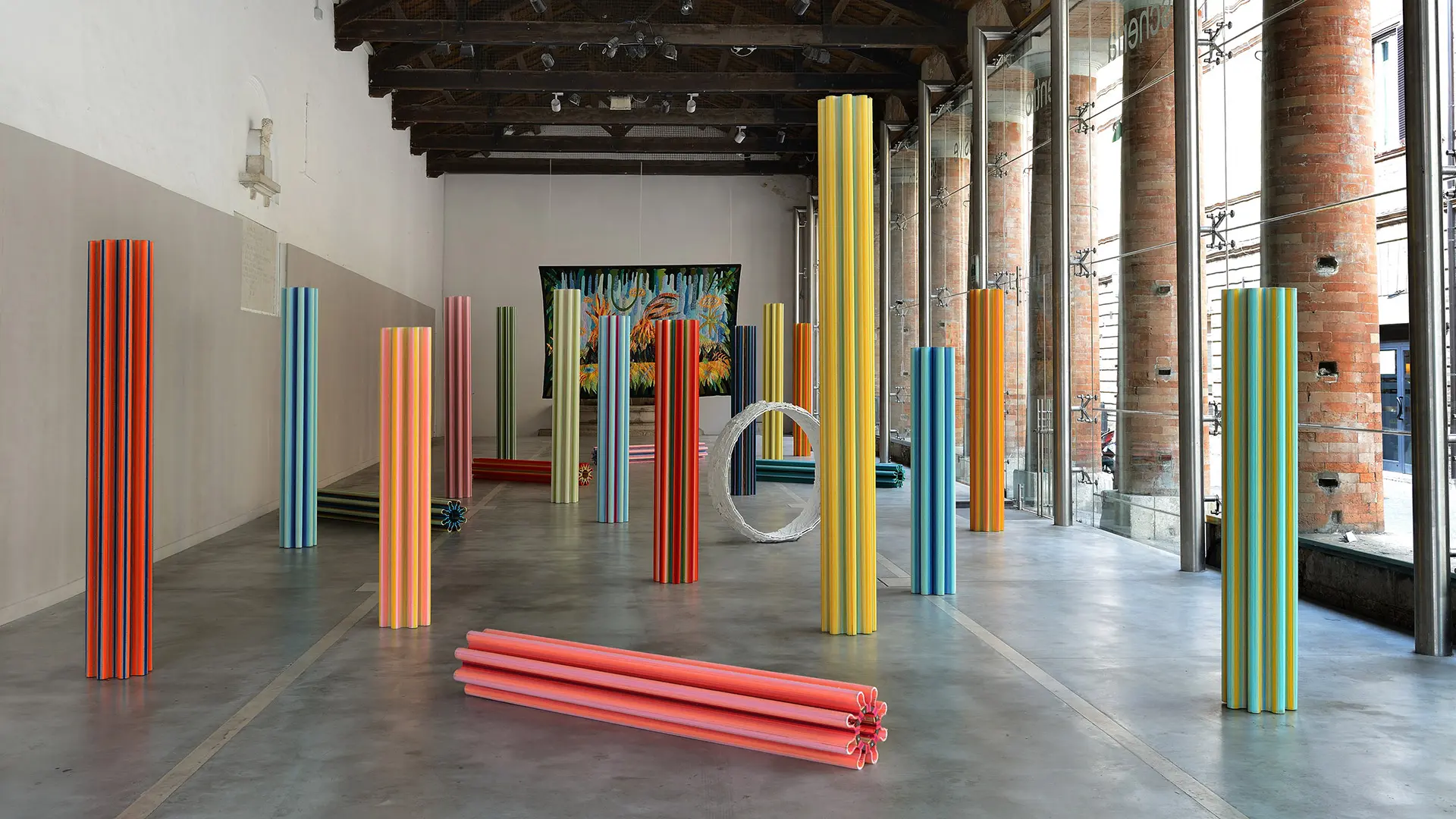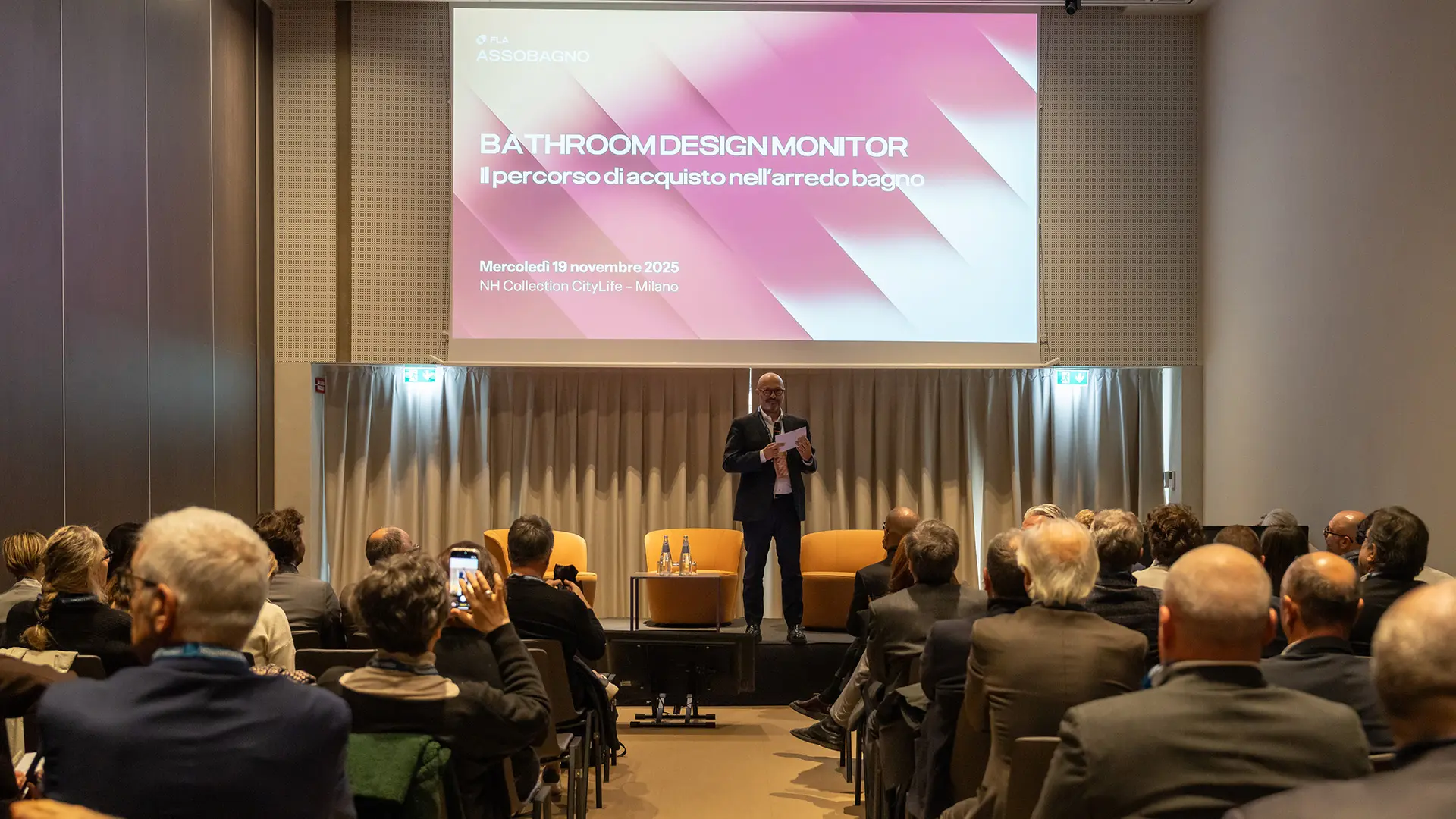They are all Italian and all in some way draw on the theme of memory. This is true even when they deal with current sporting events associated with the imminent inauguration of the Winter Olympics. There are ten of them and for the most part they are held in the most reserved cultural circuits, outside the mainstream. It’s even better when they’re out of town, bringing historic residences to life with gleams and flashes of good design
The evolution of outdoor design, between challenges and opportunities for Made in Italy

Roda, Ph. Saverio Lombardi Vallauri
The furniture and design segment dedicated to life en plein air. Interview with Roberto Pompa of the Assarredo Presidential Council as well as President of Roda
The timeline of the outdoor galaxy is entwined with profound social changes and the evolution of living habits. Products designed for outdoor living today more than ever respond to the need to combine design quality and comfort, without sacrificing the aesthetic qualities that are traditionally so important in interiors. But how has this sector evolved? How does technical performance meet design today? And how has design been able to embrace the values of durability and sustainability? We talked about these things with Roberto Pompa, a member of the Assarredo Presidential Council and a key figure in the evolution of outdoor furnishings with his company, Roda.
In Italy, outdoor furniture has long been perceived as a marginal area. After the sixties, with the growth of residential construction, it began to gain in significance. In the eighties there was the spread of plastic, an economic and functional material, which marked a first phase of expansion. In the nineties, a leap in quality took place, with the introduction of precious materials such as wood, which brought a greater concern for design and durability.
The decisive turning point came in 2003, when, together with the architect and designer Rodolfo Dordoni, we began to radically rethink the concept of outdoor furniture. We realized that the sector was dominated by vertical companies, specializing in specific materials – from wrought iron to wood – with a technical and performance-oriented approach rather than a design one. From there the idea of a new aesthetic and functional language developed, capable of elevating the outdoors to the level of indoor furniture, in terms of both design and overall quality.
In social terms, the openness to nature, shown by the introduction of large windows, porches and gardens, gave a strong impulse to the furniture industry, which began to go beyond the concept of technical performance. Outdoor furniture started to take more care of aesthetics, but initially there was still a lack of a real dialogue with indoor furniture. Inside the house, movements such as minimalism, maximalism and decorativism had already defined the strong identity of Italian design, recognized internationally. It is precisely by observing this fracture that, together with Dordoni, we launched a project with the aim of creating outdoor furnishings that shared the same cultural, aesthetic and value matrix as indoor furniture. This is how outdoor furniture has become an integral part of the furnishing system as a whole. A paradigm shift, absolutely unprecedented until then.
Roda was among the first companies to introduce this vision of “IN and OUT”, leading the way. Immediately afterwards, many other companies seized the new opportunities offered by the outdoor segment. For the first time, interior and outdoor furniture travelled on parallel tracks, sharing quality, stylistic research and cultural background. This gave rise to a truly Italian path to outdoor furnishings, a unique approach that exists only in this country.
This revolution has also affected the urban context. While on the one hand the internal square footage has been reduced, on the other hand the concern for outdoor spaces has grown with balconies, terraces and loggias that are now fundamental extensions of the home and a strategic element in the real-estate offering.
We realized that contact with nature is essential and therefore outdoor furniture has become even more a feature of our homes, establishing itself definitively in this way.
Today, the challenge is to identify materials that can really withstand conditions out of doors without compromising aesthetics. Importantly, no matter how advanced the technology may be, there is no material that is completely immune to the natural fading process caused by exposure to weathering. So it is not enough to focus exclusively on technical performance, as in the case of stainless steel, aluminium or carbon, which are undoubtedly resistant but often convey a visual sensation that is too cold and artificial. I believe it is necessary to find a balance between resistance and aesthetic harmony: materials have to be able to dialogue with nature, not clash with it. The goal is to develop solutions that not only guarantee durability and sustainability, but that merge organically and coherently with the environment. Innovation must never be separated from aesthetic sensibility and the product’s ability to relate to its environment.
As I mentioned, the pandemic marked a real turning point. The contract sector experienced an important qualitative evolution, and continues to do so, driven by the renewed desire to travel and have experiences. This is a structural trend, certain to generate long-term positive effects on the whole supply chain.
The major international operators are investing in the redevelopment of numerous accommodation facilities, opening up significant room for manoeuvre also economically for companies in our sector.
In this scenario, Italy has a unique competitive advantage: the Italian outdoor lifestyle is distinctive, and no other country can replicate it. We can offer an unparalleled variety and quality of solutions, capable of combining aesthetics, functionality and design culture.
We expect several years of sustained growth in this direction. It is a great opportunity for Italian companies, which need to seize it with vision and adaptability.
This is crucial. Gruppo Arredi per Esterno was established as a part of Assarredo precisely to enhance and give a concrete representation to the Italian approach to outdoor furnishings. Being a part of this group, under the aegis of Assarredo and FederlegnoArredo, which is then also expressed through the Salone del Mobile, is fundamental. To seize the opportunities that this market offers, shared, structured and visible action is needed at the highest levels. Only in this way can we effectively promote the identity and value of the Italian outdoor range. Being a team with a recognizable voice and with all its specifics enables us to be at the forefront on a global level. The prerequisite for excellence is always cultural value. Everything else stems from culture: design, quality, attention to detail. Without this substrate, there would not be that distinctive force ensuring that Made in Italy is appreciated worldwide.


 Stories
Stories








